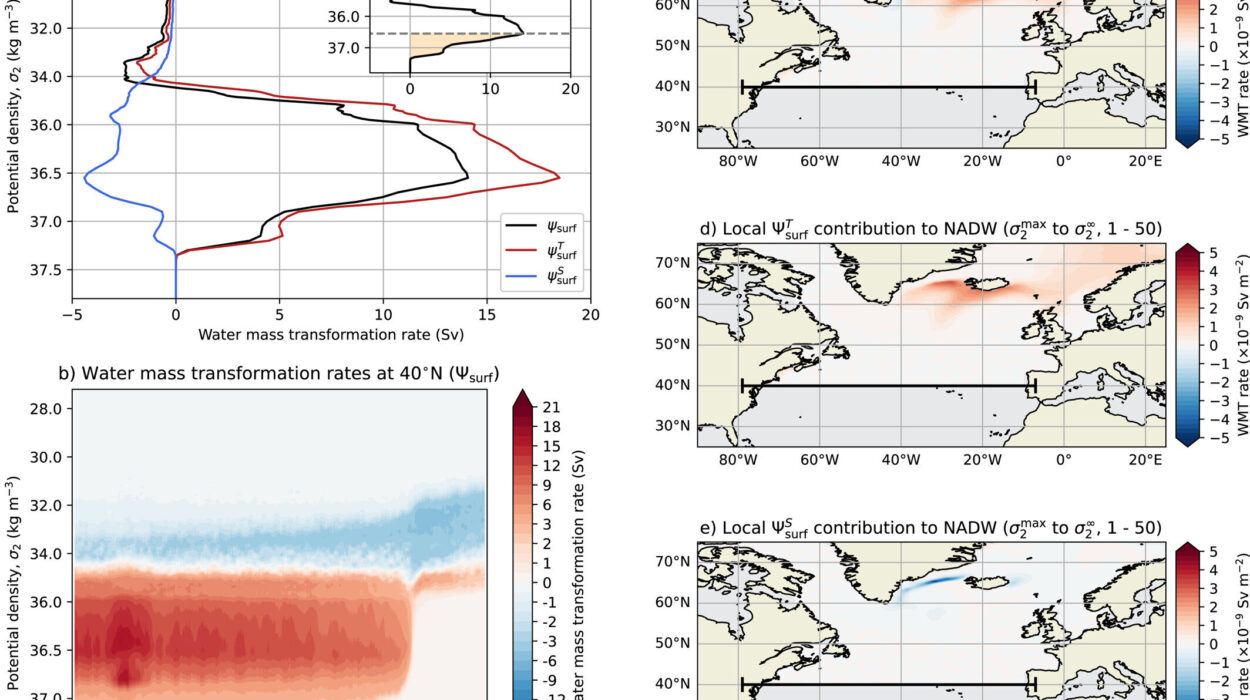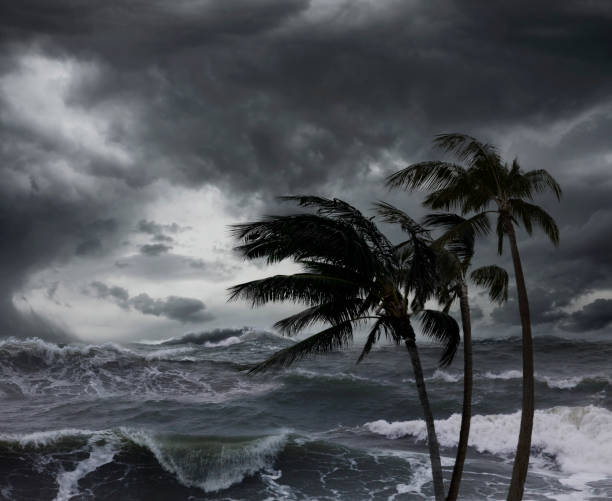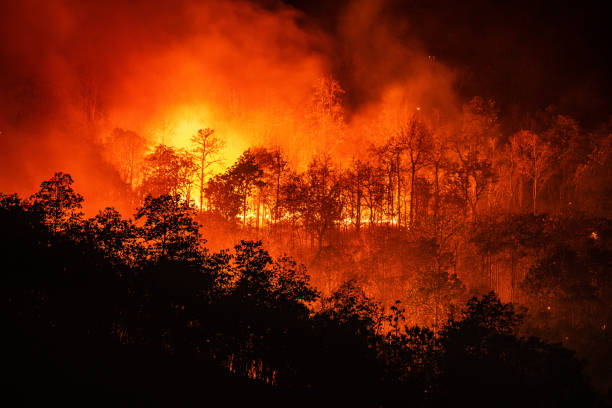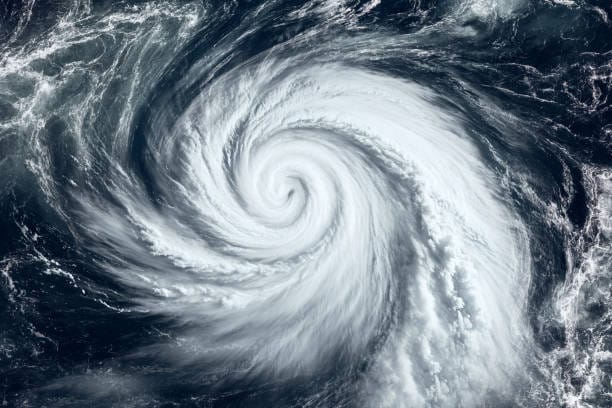Antarctica, the coldest and driest continent on Earth, has long been considered a remote and stable region in the context of global climate patterns. However, recent research has revealed an alarming shift in the dynamics of its climate, particularly with regard to extreme weather events like “atmospheric rivers.” These long, narrow plumes of warm, moisture-laden air have the potential to double in frequency by the end of the century, radically transforming the continent’s ice dynamics and the global sea level.
A study published in Nature Communications sheds light on how climate change, particularly the rising levels of atmospheric moisture, could intensify the frequency and severity of atmospheric rivers over Antarctica. This shift poses a direct threat to the stability of the Antarctic ice sheets, which could accelerate sea level rise in ways previously underestimated.
What Are Atmospheric Rivers?
To understand the potential impact of atmospheric rivers on Antarctica, it’s essential first to grasp what they are. Atmospheric rivers are essentially airborne highways of water vapor that travel over vast distances, often thousands of kilometers, from tropical oceans to higher latitudes. Think of them as massive conveyor belts that carry moisture and heat toward the poles, where they interact with colder climates.
While atmospheric rivers are not unique to the polar regions, their effects are particularly significant in Antarctica. These systems can cause both snowfall and rainfall, depending on the local temperature and the nature of the storm. When they bring warm air and moisture, they can result in rainfall and surface melting, destabilizing ice shelves and potentially accelerating ice sheet collapse.
Conversely, when they deliver snowfall, they can actually help replenish the ice sheet, mitigating the ice loss caused by melting. The interaction between atmospheric rivers and Antarctica’s ice is complex and variable, and it is the intensity and frequency of these events that is expected to change dramatically under climate change.
The Doubling of Extreme Events by 2100
In the study, an international team of researchers used a high-resolution climate model to explore how atmospheric rivers might evolve over Antarctica by 2100, considering various future greenhouse gas emission scenarios. The findings are troubling. Under a high-emission scenario, where little to no action is taken to reduce emissions, the frequency of atmospheric rivers could double by the end of the century. This increase would coincide with an estimated 2.5 times greater precipitation associated with these atmospheric rivers, adding further stress to an already fragile ice sheet.
The implications of this dramatic increase in atmospheric river intensity are profound. More frequent and intense atmospheric rivers could lead to more substantial rainfall and surface melt events, accelerating the destabilization of the ice shelves that hold back the Antarctic Ice Sheet. This ice sheet, which contains enough water to raise global sea levels by nearly 60 meters, is a critical factor in long-term sea level projections.
While most sea-level rise projections for this century range between 0.5 and 1 meter, the influence of atmospheric rivers could push these estimates higher, making sea level rise more significant than currently anticipated.
The Role of Snowfall: Temporary Mitigation
Interestingly, the impact of atmospheric rivers on Antarctica’s ice dynamics is not entirely negative. The study suggests that while the future trend will likely see an increase in rainfall, the dominant effect of atmospheric rivers this century will be an increase in snowfall. This could provide a temporary buffer against the accelerating ice loss, as more snow could accumulate on the continent’s ice sheet, potentially slowing the overall rate of ice loss and providing a temporary reduction in Antarctica’s contribution to sea level rise.
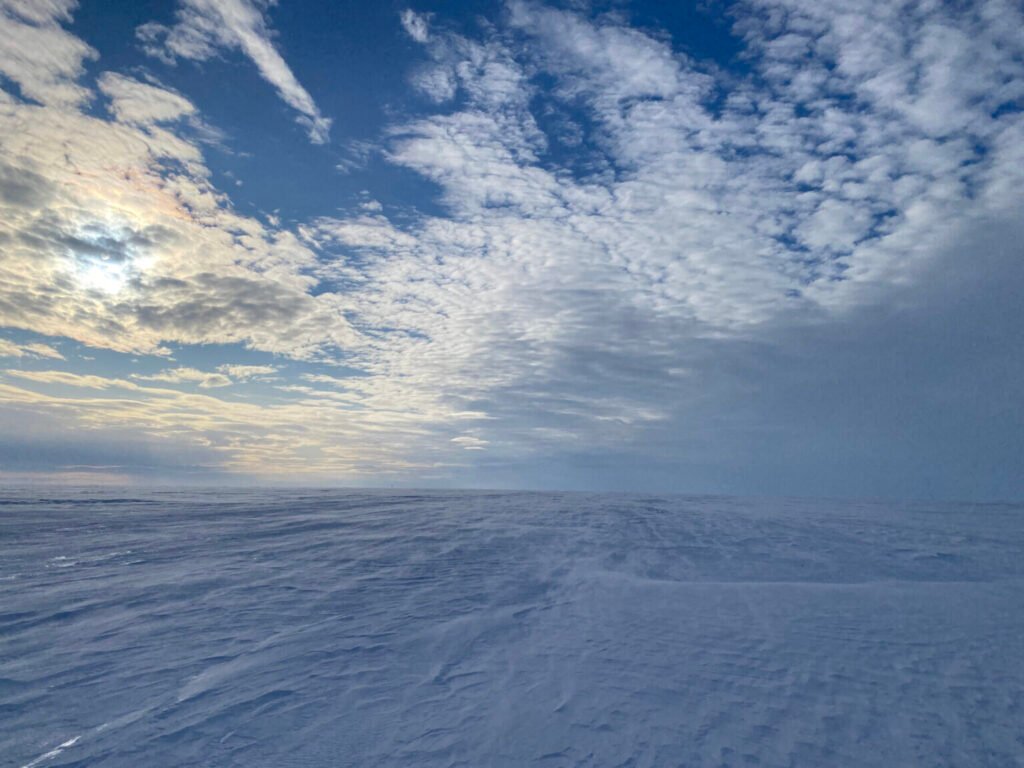
However, this benefit would be short-lived. The sheer volume of rainfall expected to come with these intensified atmospheric rivers could ultimately outweigh the temporary snowfall benefit, leading to greater long-term ice sheet instability.
The Link Between Atmospheric Rivers and Ice Shelf Stability
The primary threat posed by atmospheric rivers is their potential to disrupt the stability of Antarctica’s ice shelves. These floating sheets of ice are already under pressure from various factors, including rising ocean temperatures, and the added influence of atmospheric rivers could push them beyond a tipping point.
Atmospheric rivers have the ability to deliver significant amounts of heat and moisture, which can cause the surface of the ice shelves to melt. When this melting occurs, it weakens the structural integrity of the ice shelves, making them more vulnerable to calving events—where chunks of ice break off and float away. This process contributes to the overall loss of ice from the continent, further accelerating sea level rise.
Moreover, the increased frequency of atmospheric rivers could lead to more prolonged melt events, potentially causing a “feedback loop” where melting weakens the ice, leading to more melt and further destabilization. This has the potential to trigger the rapid disintegration of ice shelves that currently hold back vast amounts of ice.
Climate Change and Atmospheric Rivers: A Double-Edged Sword
The intensification of atmospheric rivers in Antarctica is a direct consequence of climate change. Rising global temperatures increase the capacity of the atmosphere to hold moisture, which means that the atmospheric rivers of the future will be both more frequent and more intense. This increase in atmospheric moisture is a well-documented consequence of human-driven climate change, and it has far-reaching implications for regions far beyond the polar zones.
While atmospheric rivers are not exclusive to Antarctica, they have a particularly pronounced impact in this region due to the unique nature of the Antarctic Ice Sheet. Other regions of the world, such as the western United States, have already experienced the effects of atmospheric rivers in the form of heavy rainfall and flooding. However, Antarctica’s status as the “ice vault” of the planet means that any disruption to its ice dynamics has global consequences.
Implications for Global Sea-Level Rise
The primary concern associated with the intensification of atmospheric rivers is their potential to accelerate sea level rise. Sea levels are already rising at an alarming rate due to the combined effects of thermal expansion (water expanding as it warms) and the melting of glaciers and ice sheets around the world. However, the contribution of Antarctica to sea level rise is by far the most significant.
Current projections suggest that, by 2100, global sea levels could rise by between 0.5 and 1 meter. While this may not sound like much, even a small increase in sea level can have devastating consequences, especially for low-lying coastal communities. The potential doubling of atmospheric rivers over Antarctica could accelerate this process, causing sea levels to rise faster and further than we currently expect.
The Antarctic Ice Sheet is massive, and even small shifts in its stability can lead to disproportionate effects on global sea levels. For instance, the collapse of a significant portion of the West Antarctic Ice Sheet could contribute to several meters of sea level rise over the course of a few centuries. If atmospheric rivers accelerate this process, we could be looking at a much more dire scenario for coastal cities and ecosystems.
Year-to-Year Variability and Uncertainty
One of the challenges in predicting the exact impact of atmospheric rivers on sea level rise is the high degree of year-to-year variability in their frequency and intensity. While the study highlights the potential for a doubling of atmospheric river events by 2100, these events are influenced by numerous factors, including ocean temperatures, atmospheric circulation patterns, and regional climate dynamics. This variability makes it difficult to predict the precise timing and magnitude of the impact of atmospheric rivers on Antarctica’s ice sheet.
However, what the study does make clear is that extreme weather events like atmospheric rivers are becoming more common and more extreme due to human-induced climate change. Understanding the role of atmospheric rivers in Antarctica’s ice dynamics is crucial for refining sea level rise projections and preparing for the future impacts of climate change.
The Need for Action
The findings of this study underscore the urgency of addressing climate change and reducing greenhouse gas emissions. While the exact role of atmospheric rivers in future sea level rise remains uncertain, the fact that they are becoming more frequent and intense should be a wake-up call. The faster we can reduce global emissions, the less likely we are to experience the worst-case scenarios for Antarctica’s ice sheets and global sea levels.
Mitigating the impact of atmospheric rivers will require global cooperation and a concerted effort to curb the factors driving climate change. If emissions continue to rise unchecked, the frequency of these extreme weather events will only increase, making the task of stabilizing Antarctica’s ice sheets all the more difficult.
As we move toward 2100, it is crucial that we understand the full implications of atmospheric rivers and other extreme weather events in the polar regions. By doing so, we can better prepare for the challenges that lie ahead and take meaningful action to protect our planet’s future.
Reference: Michelle L. Maclennan et al, Rising atmospheric moisture escalates the future impact of atmospheric rivers in the Antarctic climate system, Communications Earth & Environment (2025). DOI: 10.1038/s43247-025-02333-x

